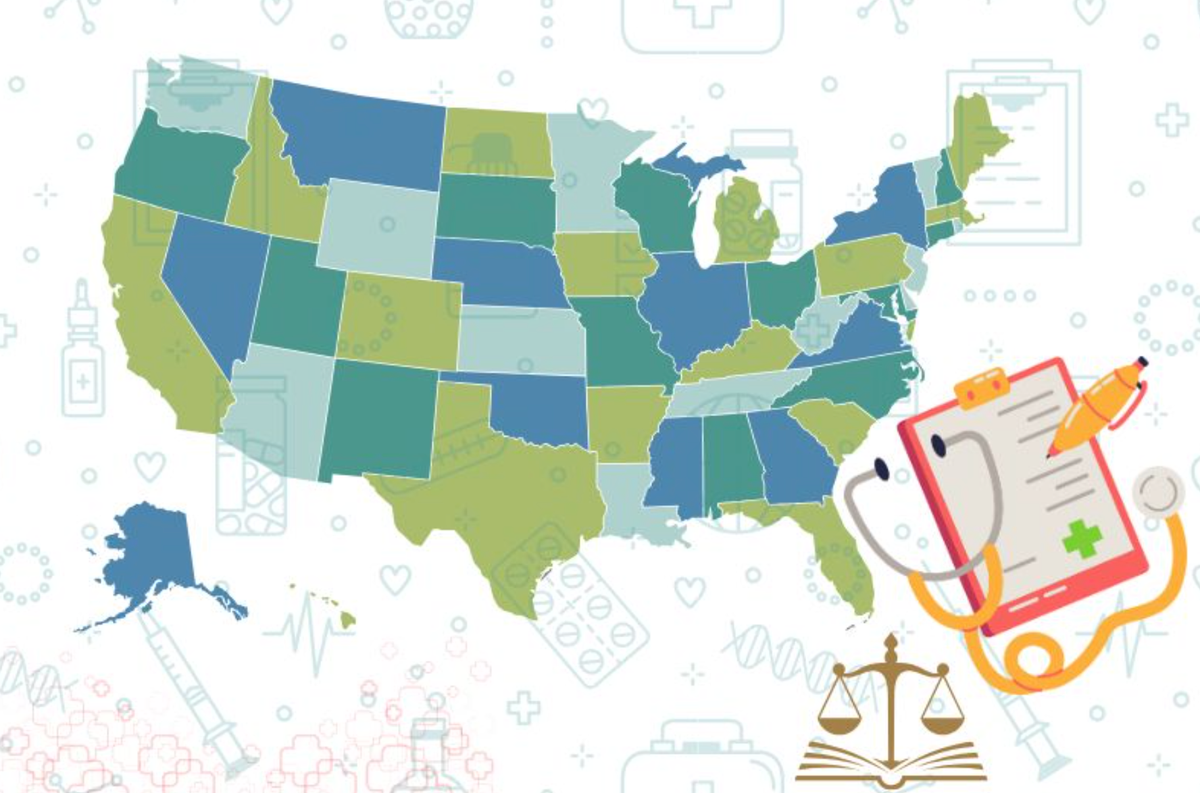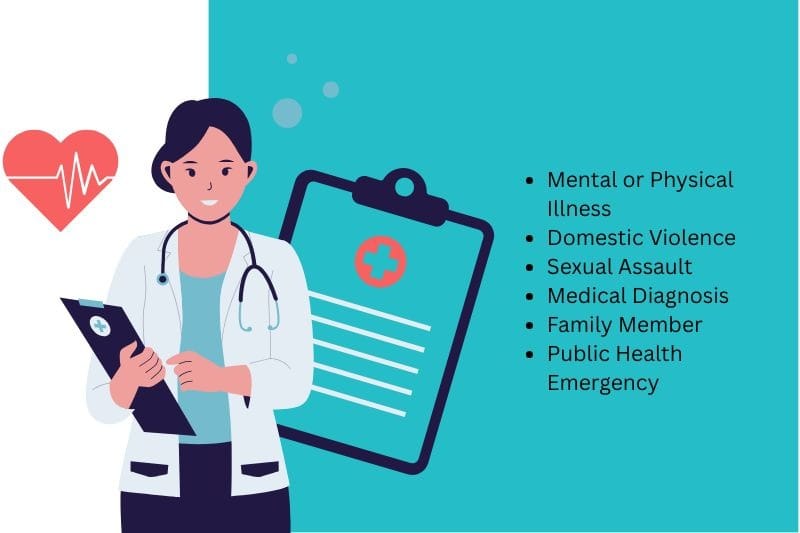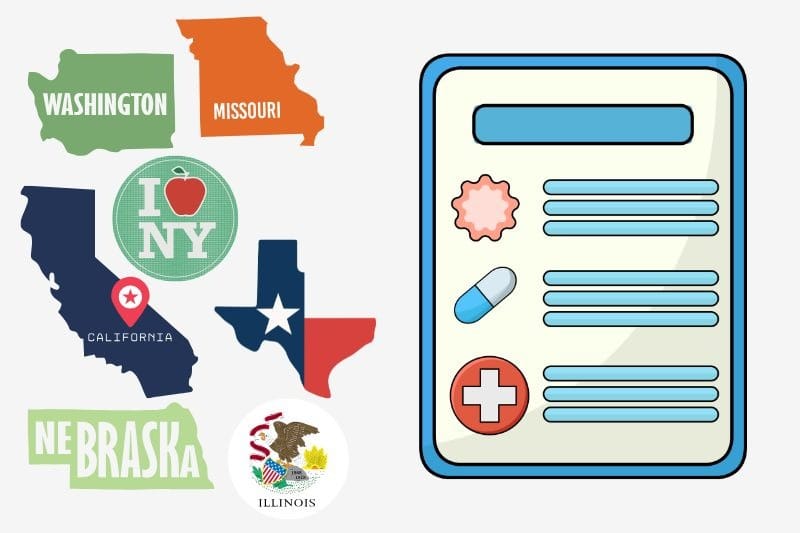Paid Sick Leave Laws by State: Complete Guide
Stay compliant with paid sick leave laws by state. Learn accrual rates, thresholds, and build a consistent sick leave policy for all employees with BuddiesHR.

If your workforce crosses state and city borders, you’re not just managing employees, you’re managing jurisdictions. This calls for a keen understanding of both paid sick time laws and unpaid sick leave regulations.
In this complete guide, we provide a look at paid sick leave time across the fifty states, helping you to manage your paid sick leave policy.
Quick Takeaway
Paid sick leave laws by state is a comprehensive look at how each state offers paid sick leave. There is no federally paid sick time for most private employers across the 50 states. However, a number of state and local governments do require it. Employers have an obligation to track accruals, usage reasons, and carryovers.
Table of Contents
- Definition of sick leave
- Paid sick leave laws by state
- How and why sick leave laws can differ across states
- Final Thoughts
- FAQs
Definition of sick leave

In the US, sick leave is time off for health-related matters. This includes mental or physical illness, a family member who is unwell, time off for victims of sexual assault or domestic violence, and time off for a serious medical diagnosis. The specifics of sick leave are governed by federal, state, and local laws. A company codifies the laws in a sick leave policy, including stipulations governing payment during sick leave.
As of March 2023, 78% of American workers had access to paid sick leave. However, that still leaves 28 million workers without this benefit. Out of this demographic, it is low-wage workers (mostly women) and part-time workers who only have unpaid sick leave benefits. [1]
The Family and Medical Leave Act affords eligible employees up to 12 weeks of job-protected, unpaid sick leave for serious medical matters.
Palmy Vacation is your No.1 vacation tracker in Slack. Automate the management of sick leave with customization and one-click approvals. With Palmy ,you can bring an end to leave request spreadsheets.
Paid sick leave laws by state
Important Notes:
- Many US cities and counties provide paid sick leave that is more generous than the state laws. Policies should be written to accommodate local benefits.
- Employer thresholds and accrual limits exist for some states.
- Illinois/Maine/Nevada - sick leave is drafted as ‘paid time off’, allowing any reason for usage.
- Changes to legislation can happen quickly - refer to local ordinances before policy finalisation
- Unless otherwise stipulated, laws apply to employers with one or more employees.
- New York paid sick leave and New Jersey paid sick leave differ in accrual rates.
🔍 Zoom in for clarification: California Leave Laws & Holidays: 2025 Update
Texas PTO laws: Your complete guide
How and why sick leave laws can differ across states

If you’ve ever been given the task of drawing up a sick leave policy for your company, you’ve soon discovered that not all states (or cities) have the same stipulations. From a practical HR perspective, this requires an understanding of how much control local governments have over paid leave, who they are trying to protect, and when these laws apply.
Let’s unpack it with you.
1. Different states have different priorities
States attempt to regulate paid sick leave according to socio-economic realities and public health priorities. For instance, states like Washington, California, and New York use accrued paid sick leave for work protections, ensuring workers can stay at home when sick, protecting public health in densely populated states. Other states use generous paid leave laws to attract top talent to growing economic hubs.
2. Exercise of local authority
In some states, cities may not pass additional earned paid sick leave laws, but in other states, local cities exercise their authority to protect workers. Some city stipulations are very specific and drill down to employers with one or more employees and temporary workers.
3. Reasons for leave differ across states
Every state and city complies with the basic definition of sick leave and provides days off for mental and physical illness. However, some expand qualified reasons to include:
- Caring for a family member during confinement, or a child’s school closure due to a public health emergency.
- Recovery from domestic or sexual violence.
- Attending preventative care or medical diagnosis appointments.
Don’t try to do this the hard way - with spreadsheets. Instead, use Palmy Vacation - a vacation tracker that makes life easier for you and your employees. Keep track of leave requests across states in one centralized place.
Final Thoughts
There are nineteen states in the US that have mandatory paid sick leave laws in some form. These laws vary across states based on the number of employees, accruals, and maximum limits for sick leave. When drafting sick leave policies, HRs and business owners are required to provide the minimum mandated paid sick leave and be mindful of expanded sick leave definitions in certain states.
🥽 Deep dive into other leave topics:
Frequently Asked Questions
1. Do you get full pay on sick leave?
Paid sick leave laws govern the payment of wages during the period you are off. Each state and locality has its own bylaws that mandate this for public and private employers. For remote workers, you should check the laws of the state or country they reside in to determine payment of sick leave.
2. Should unused sick leave be paid out at separation?
Most states do not mandate the payment of unused paid sick leave. There are a few exceptions and nuances to this standard rule, and it’s best to check your local labor laws.
3. Can employees use sick leave to care for family members?
There are instances where sick leave can be used to care for an immediate family member or registered domestic partner. The annual allocation for this kind of leave should be checked in the employee handbook or paid time off policy.
4. Do remote employees' sick leave defer to their residence state?
Generally, yes. If an employee is permanently based in a different state or city, then those laws apply to the employee. Remote worker policies should be carefully constructed to accommodate these differences across states.
5. Are employers required to give all employees paid sick leave?
Federal law in the US does not mandate employers to give employees paid sick leave. However, state and local laws might. Full-time, part-time, and contract workers may have different allocations of sick leave based on hours worked and the employer's policy. Employers are required to provide unpaid sick leave to all employees.
References:
1. https://www.dol.gov/sites/dolgov/files/WB/StatePaidSickLeaveLaws.pdf




